Unboxing the Pain
Unboxing the pain of the traumas we have encountered is crucial in the healing process. Unfortunately, it is often the stage of healing that gets left undone. Even if we put blame where it belongs, we abort healing by pretending what happened didn’t hurt. Or we hold onto the anger that is a front for the hurt. Holding grudges, and harboring anger, prevent full healing and can keep walls between us and growth.
Why Prune a Weed?

Positive thinking, Cognitive Behavior Therapy, and medications are tools in overcoming trauma, but they are not the cure. Simply cutting the top off of a weed in our garden does not rid us of the weed—its roots actually get stronger. Eventually, it will spread and take over. It is the same with unprocessed trauma. If we don’t unbox the pain and dispose of it in proper ways, it will grow and choke out the beautiful parts of our lives.
“Extensive international research on psychological trauma and evidence-based treatments of PTSD provides a solid ground for knowledge and a method to help survivors recover. Healing means expressing memories of traumatic experiences and constructing a personal narrative of past, present, and future. It also means defining the biopsychosocial effects— effects which live in a survivor’s present experience. A research pioneer in the field, Bessel Van der Kolk states, ‘that in order to heal, you need to know and feel what you feel.’ Recovery can lead to finding a meaning and to post-traumatic growth. This is true for all of us. After all, underneath, we are all the same.” (The PTSD Workbook Third Edition, Mary Beth Williams, PhD, LCSW, CTS; Soili Poijula, PhD, New Harbinger Publications, 2016)
The reality that I was severely abused by my parents, turned my life upside down. It threw me into a world I wasn’t sure I wanted to be in. But even in the bouts of denial, there was a relief in having the truth come out.
When I was ready to address it, I found that there is a freedom in allowing ourselves to feel and express the intense emotions linked to our trauma. As we discover ways to express and let go of those emotions with professional guidance and counseling, peace can accompany the process.
The Anger Trap
One of the first steps in healing comes as we start feeling the pain of our trauma. The reality of the pain and its cause fuels a fire of anger. And usually, the anger is appropriate. We did (do) not deserve the abuse or trauma and it’s wreaking destruction on the life we are trying to build.
At first, anger can be productive. It can be evidence of us accepting that we are not deserving of the trauma inflicted on us. Then, it can give us energy to move forward. But there is a point where if we hold onto the anger, it simply becomes a wall to hide us from the full effects—and sometimes even the full truth—of the trauma. It will keep us trapped in our pain. Not finishing the unboxing of the pain keeps us in the grasp of those who would hurt us. Without any contact, they are still choking out the beautiful parts of our lives. https://buildonthelight.com/2023/09/11/moving-from-why-to-waht-now/
Hope
It is not easy looking past the anger and dealing with the heartache and fear behind it. Working through the trauma unleashes emotion so intense that it often blinds us to the reality of the relief that lies just beyond the dark—a relief that will come if we simply hang on. Believing that there is something better than the trauma we are experiencing gives us the strength to keep going, working through the storms of pain.
“As a catalyst for positive change, hope promotes overall mental health and may help heal specific conditions, including severe mental illness, suicidal ideation, depression, anxiety, and trauma-related disorders.” https://www.ncbi.nlm.nih.gov/pmc/articles
Finding hope in the healing process is what perpetuates us forward. Hope is what helps us hang on in the hardest of times. Hope can change our destination.
Unboxing the pain
Healing is not only about feeling and acknowledging the pain, but about learning to set ourselves free from its grasp. We don’t have to continue to be victimized by the past. Unboxing the pain helps us learn from the past and look forward to the future. We can find the strength inside us to ultimately thrive in a life that is uniquely our own.


HOPE is the building block toward the future. You have proved that!
I love the summary that “hope is the building block” of the future. I agree 100%!
–Tammy
Brilliant! This is why we need your experience and advice so much, Tammy. It’s not logical to face the fear, pain and anger of abuse with Hope. But, it works! Hope really is “what helps us hang on in the hardest of times.” It’s the yearning for a better life that’s worth fighting for.